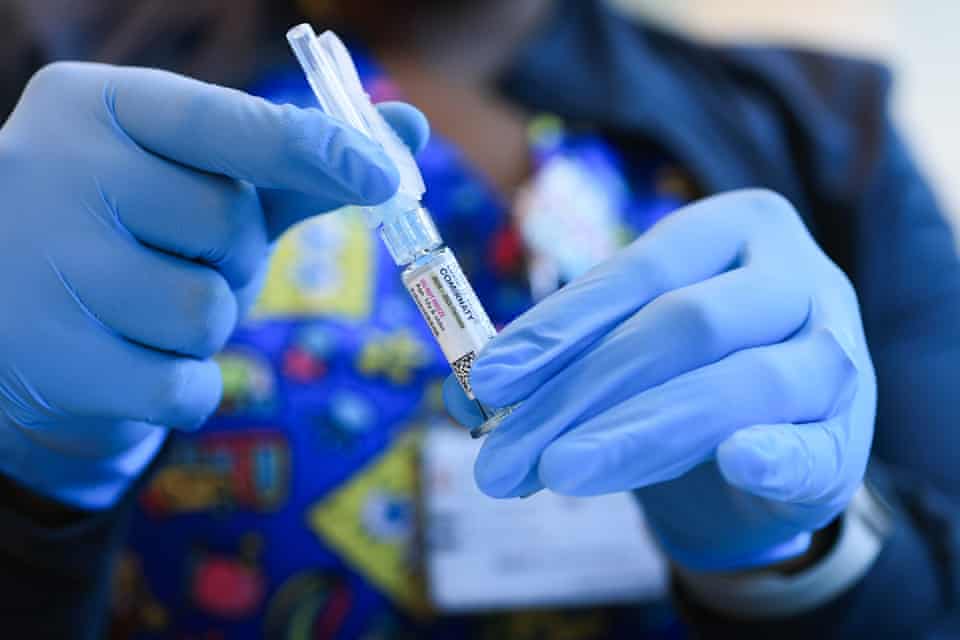Covid-19 is once again on the rise across the United States, just as children return to school and federal officials move to restrict access to updated vaccine boosters. While the current uptick is progressing more slowly than previous surges, health experts warn it is still too early to determine the potential scale or severity of this late-summer wave.
Several key indicators, including wastewater analysis, test positivity rates, and emergency room visits, point to a steady increase in infections. According to the US Centers for Disease Control and Prevention (CDC), 26 states, particularly in the South and Midwest, are currently experiencing rising or likely rising case numbers.
Experts cite waning immunity, vaccination fatigue, and the spread of immune-evasive variants as major contributors to the renewed wave. “Each year has been different, so in some ways, this is more of the same,” said Professor Sam Scarpino of Northeastern University. “But we’re clearly seeing the early signs of another wave.”
The risks, however, are being compounded by controversial decisions from the Trump administration, which recently scaled back vaccine recommendations. Updated boosters from Moderna and Novavax have been approved only for those over 65, or people over 12 with underlying health conditions. Guidance for vaccinating children has been softened, and recommendations for pregnant individuals, have been removed altogether.
Dr Andrew Pekosz, a virologist at Johns Hopkins University, emphasised the value of broader vaccination. “If you vaccinate broadly, you can reduce the spread of Covid-19 in the population,” he said. “But we haven’t had strong vaccine uptake in recent years, and now with new restrictions, it’s even less likely.”
He warned that as vaccine coverage lags and natural immunity wanes, future waves could become more severe. “The virus hasn’t become less dangerous,” he said. “We just fight it off more efficiently because of immunity from prior infection or vaccination.”
Despite current constraints, the US Food and Drug Administration (FDA) has advised vaccine manufacturers to update their boosters for autumn to better match circulating variants. Traditionally, these autumn boosters have been recommended for all adults, but FDA documents suggest the 2025 rollout may be limited to those with specific health conditions, including asthma, diabetes, depression, and even physical inactivity.
“According to that list, basically everybody’s eligible for one of the vaccines,” Scarpino remarked. However, the lack of clear guidance raises concerns about access, cost, and supply chain readiness heading into the colder months.
The administration’s shift away from mass immunisation has also sparked fears over rising infection rates among children, who now show similar hospitalisation rates as in previous years. Only 5.6% of children aged six months to four years have received a Covid vaccine, while roughly 15% of children aged five to 17 are vaccinated.
“Children don’t have much immunity to Covid,” said Pekosz. “Cases are really occurring in children at a very high level right now. It’s not as dangerous in children as it is in adults, but it still leads to significant hospitalisations.”
As of last autumn, 5.3% of American adults reported ongoing symptoms, though the Trump administration has yet to release updated data. Even with reduced transmission, the virus continues to cause deaths, 149 were recorded in the week ending 28 June, the latest period for which full CDC data is available.
Pekosz said the virus’s continued presence, even during seasonal lulls, is concerning. “It’s still a little surprising that it’s around all year,” he said. “We’re not seeing it disappear completely, like we do with other respiratory viruses.”



